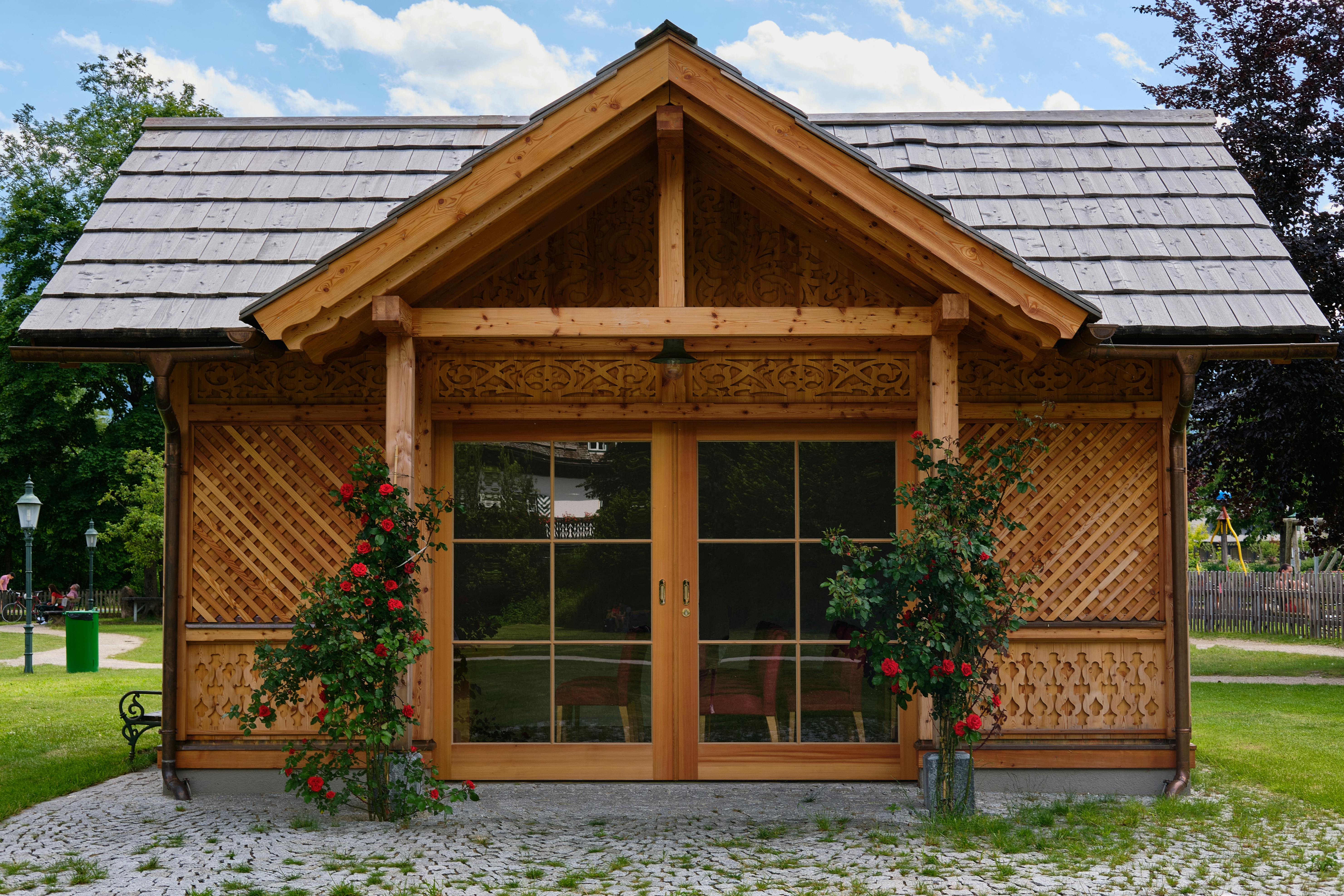Mr. Thomas Reid Kent was a prominent New Brunswick businessman, born January 7, 1879, in Amherst, Nova Scotia, the son of David and Sarah Kent. He entered primary and secondary school in Amherst, but did not complete his education before setting out to seek his fortune at the tender age of 16. He embarked on a career in the extraction of water, minerals and oil.
In 1896, he moved to St George, New Brunswick, where he continued the drilling business. The town of St George was founded by Peter Clinch, a United Empire Loyalist who emigrated from the United States in 1784. Nicknamed “Granite Town” for the local granite quarries that once supplied granite as a building material, the town is now a major tourist destination. , place of leisure and recreation.
Mr. Kent worked throughout the Canadian Maritime provinces for such prominent businesses as the Canadian Pacific Railway, the Canadian Government Railway (now called the Canadian National Railway) and The Dominion Government of Canada, Sir William Van Horne, Sir Thomas Shaughnessy and many other renowned individuals
The story behind the construction of the house is that Mr. Kent fell in love with a certain Miss Lillian Clyde Kennedy, daughter of the prominent St. George family, Andrew C. and Sarah A. Kennedy. Mr. and Mrs. Kennedy had built a large white house of their own in which to raise their family of 4 children. Kennedy’s home was located just down the street from the Kent property. To win the heart and hand of sweet Lillian from him, Thomas was informed that he had to build a larger white house than the one currently occupied by Miss Kennedy. Without a doubt, Thomas was a man of action, but the most important thing was that he was in love and nothing would stop him from winning the hand of his true love, Lillian.
The Kent House was built in the grand style of the day, overlooking the Magaguadavic River from the highest point of Mr. Kent’s large tract of land, just northwest of the town of St. George, New Brunswick. Construction of the house began in the spring of 1900 and on June 25, 1902, Mr. Kent took Miss Kennedy’s hand in marriage. Older townspeople who knew the Kents say they lived very happy lives in this house. The Kents loved to entertain and often held large parties in their large dining room and living room. Or gathered around the grand piano in the living room, encouraging singing until the wee hours of the morning.
Mr. and Mrs. Kent have also managed several businesses out of their home over the years. The largest and most profitable business was always the extraction of water, minerals or oil. Mr. Kent formed a partnership with his in-laws, the Kennedys, and drilled throughout the Maritimes and occasionally in the northeastern United States. It is said that he drilled most of the water wells and built the water towers around the Maritimes to supply the steam locomotives of the time.
Mr. Kent was always an adventurer at heart and his interests gravitated toward the outdoors. He often imported wild horses from western Canada to train and sell to local farmers. Hearing of the arrival of a new shipment, the local boys would run to the Kent property and climb into the stockyards, trying to catch a glimpse of the “Wildies”. The boys would bet among themselves on which horses would sell for the highest prices at the next auction. Mr. Kent also built a large game farm on the property and raised silver fox and dark brown mink for the fur industry. Sometimes on weekends the local boys, and perhaps some local girls, would bring rabbits, squirrels and other small animals to Mr. Kent, to use as food for foxes and mink. For his efforts, Mr. Kent paid the youngsters one cent for each squirrel and five cents for each rabbit and other small animals.
Mr. Kent passed away at the relatively young age of 60 on April 19, 1939. Mrs. Kent lived to the ripe old age of 81, passing away on March 30, 1960. Both Mr. and Mrs. Kent they are buried together in their family plot in St George’s Country Cemetery. The Kents were married for 28 years, but left no heirs to continue the family name or take over the estate. The property was sold to private interests in the early 1960s.
